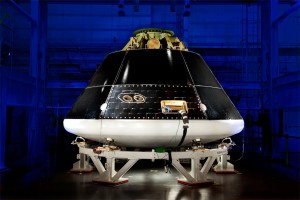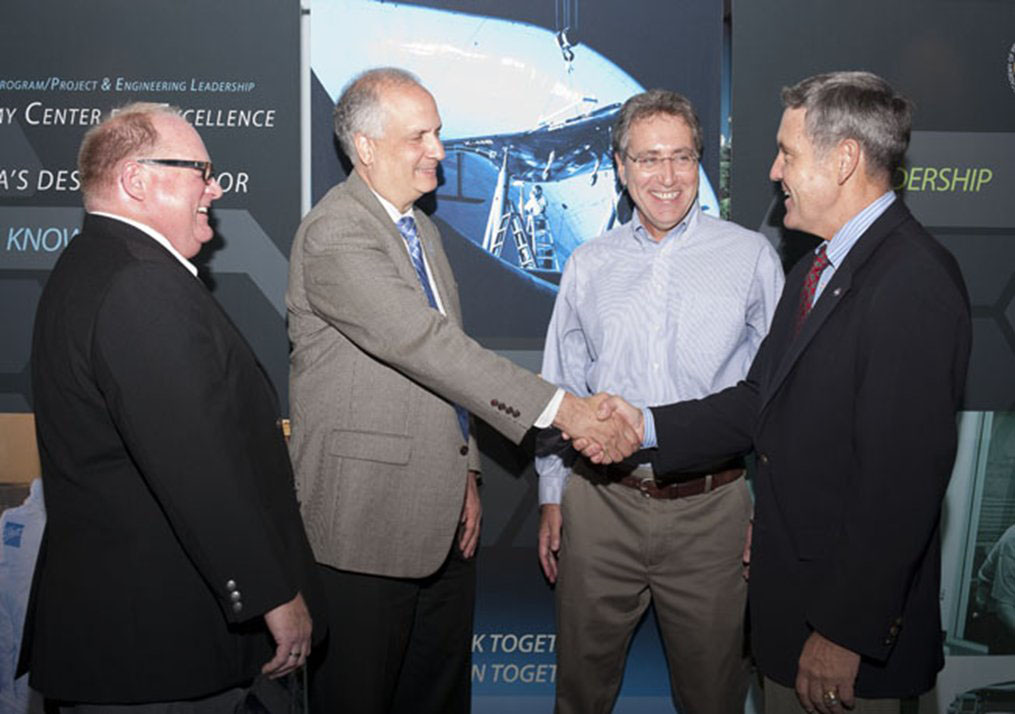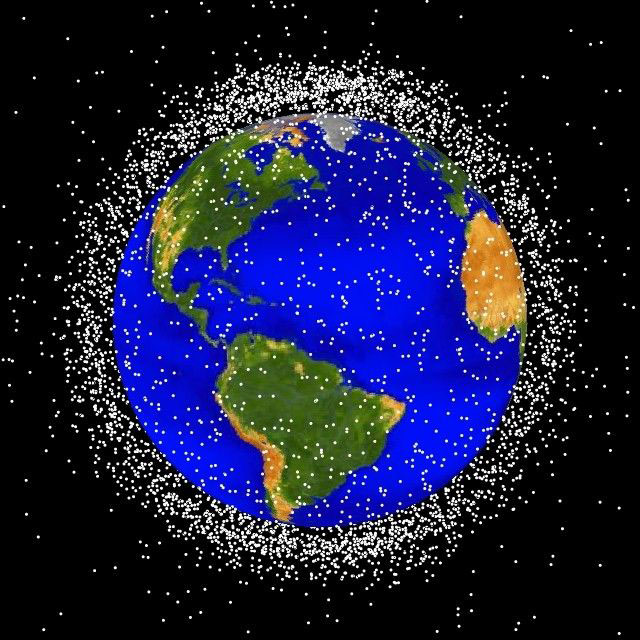
Work on the heat shield and thermal protection backshell of the Multi Purpose Crew Vehicle ground test article, or GTA, was completed in preparation for environmental testing. This image is of the crew vehicle at the Lockheed Martin Vertical Test Facility in Colorado. The crew vehicle will undergo rigorous testing to confirm its ability to safely fly astronauts through all the harsh environments of deep space exploration missions. Photo Credit: Lockheed Martin
October 28, 2011 Vol. 4, Issue 8
The International Space Exploration Coordination Group (ISECG) released the 2011 Global Exploration Roadmap.

Work on the heat shield and thermal protection backshell of the Multi Purpose Crew Vehicle ground test article, or GTA, was completed in preparation for environmental testing. This image is of the crew vehicle at the Lockheed Martin Vertical Test Facility in Colorado. The crew vehicle will undergo rigorous testing to confirm its ability to safely fly astronauts through all the harsh environments of deep space exploration missions.
Photo Credit: Lockheed Martin
Twelve space agencies participated in the development of the 2011 Global Exploration Roadmap released in September. With human exploration on Mars as the long-term driver, the report builds upon the 2007 Global Exploration Strategy: the Framework for Coordination. The framework offers common goals and objectives, long-term human exploration scenarios, and coordination of exploration preparatory activities for the agencies involved. The roadmap serves to inform and coordinate decisions about space exploration.
The roadmap identifies the following common goals and objectives:
- Search for Life
- Extend Human Presence
- Develop Exploration Technologies and Capabilities
- Perform Science to Support Human Exploration
- Stimulate Economic Expansion
- Perform Space, Earth, and Applied Science
- Engage the Public in Exploration
- Enhance Earth Safety
The International Space Station (ISS) serves as an important stepping-stone to more near-term missions. The most sustainable near-term exploration pathways identified are a manned Moon or asteroid mission, the Moon mission serving as the more feasible of the two due to distance. Each possible scenario is planned over a 25-year period.
Setting these exploration goals now is important for informing future planning and coordination among ISECG. With the retirement of the Space Shuttle Program and completion of the ISS, the pool of highly-skilled aerospace workers has increased and needs to be leveraged appropriately. The key factors for realizing the pathways identified in the roadmap are partnerships, capability, affordability, technology development, communicating and demonstrating the value of exploration, and the interplay between humans and robots.









